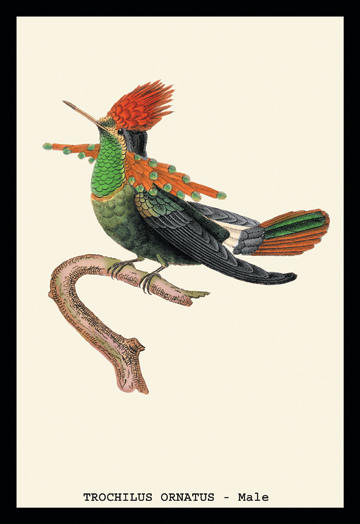Types of Hummingbirds
There are many types or species of hummingbirds in the world. We have found information on 356 of them. (Yes, that’s right, three hundred and fifty six types or species of hummingbirds.) Fifty-one (51) of them have some sort of endangered species status. We here at the World of Hummingbirds keep a database of all the types or species of hummingbirds in our Types of Hummingbirds Catalog.
The most common types or species of hummingbirds include the Allen’s, Anna’s, Berylline, Black-Chinned, Blue-Throated, Broad-Billed, Broad-Tailed, Buff-Bellied, Costa’s, Lucifer, Magnificent, Ruby-Throated, Rufous, Violet-Crowned, White-Eared, and the Xantus’ hummingbirds. There is also a very rare mutation of any type of hummingbird called the Albino or White Hummingbird. This type of hummingbird is basically born without any color to its feathers and can be from any species.
Most types or species of hummingbirds live in Central and South America. Their colors can vary widely from simple browns to brilliant reds, blues, greens, and purples. Very few migrate; however, some will migrate hundreds of miles. The types or species of hummingbirds that migrate will generally winter in Central and South America and summer in North America as far north as Alaska.
There are five types or species of hummingbirds that are the most recognized in North America. These are the Allen’s, Rufous, Anna’s, Costa’s, and the Ruby-Throated.
The Allen’s Hummingbird and the Rufous Hummingbird are very much alike and it is extremely difficult to tell them apart. The biggest difference between these two types or species of hummingbirds is where they live. The Allen’s hummingbird will summer on the West Cost of North America usually in California. Then, he/she will turn around and fly back to the central coast and along the pacific coast of Mexico to spend the winter.
The Rufous on the other hand, will travel though to Northern California though Canada and Southern Alaska. Then he/she will turn around and fly back more than 2,000 mile to the wooded areas of Mexico to spend the winter. Not bad for a small fluff of feathers.
The Anna’s Hummingbird is an interesting hummingbird in that it is the only type of hummingbird with a red crown. Most Anna’s Hummingbirds lives all year in Canada with some migrating following other types or species of hummingbirds moving along their migration path. The ones that stay in Canada can usually be seen wintering on Vancouver Island in British Columbia.
The Costa’s Hummingbird lives in the Southwestern portion of the United States and the Baja California Peninsula of Mexico. This type of hummingbird is most noted for their extremely vibrant purple cap and throat worn by the males. The males are so vibrant they almost glisten.
The Ruby-Throated Hummingbird will spend its summer In the United States and into Canada predominately east of the Mississippi River. He/she will bread, raise their young, and then fly back to Central America to spend the winter. This type of hummingbird is usually admired for the beautiful ruby coloring along the throat.
All types or species of hummingbirds generally share the same basic characteristics. They can all hover and fly backwards. They raise their young in very small well disguised nests, usually in the shape of a cup or hanging cone. The females do the entire raising of the young. They all tend to chirp, rather than sing. They love to eat small bugs and spiders. They enjoy a good flower full of nectar. And they all know how to find a hummingbird feeder full of delicious hummingbird food.
Because of these similarities, scientists have classified hummingbirds into the scientific family of Trochilidae. To find a hummingbird’s full scientific classification, take the scientific name from the types catalog and use it in the chart below. (Note: if there is only one word in the scientific name, enter it into both locations):
| Catagory | Name | Description |
|---|---|---|
| Kingdom: | Animal | |
| Phylum: | Chordata | Vertebrates |
| Class: | Aves | Birds |
| Order: | Apodidae | Swifts |
| Family: | Trochilidae | Hummingbirds |
| Genus: | ____________________ | First Word of the Scientific Name |
| Species: | ____________________ | Second Word of the Scientific Name |
For example, a Ruby-Throated Hummingbirds full Scientific Name is Animal Chordata Aves Apodidae Trochilidae Archilochus Colubris. Such a long name for such a little bird.
For more information on other types or species of hummingbirds, take a look at our Types of Hummingbirds Catalog. And let us know what type of hummingbird you have in your backyard.
Note: Please do your own research on what type of hummingbird you have. Because photos don’t always turn out very well and because people’s descriptive phrases vary widely, we can no longer type the hummingbirds for you. Thank you for your understanding.





